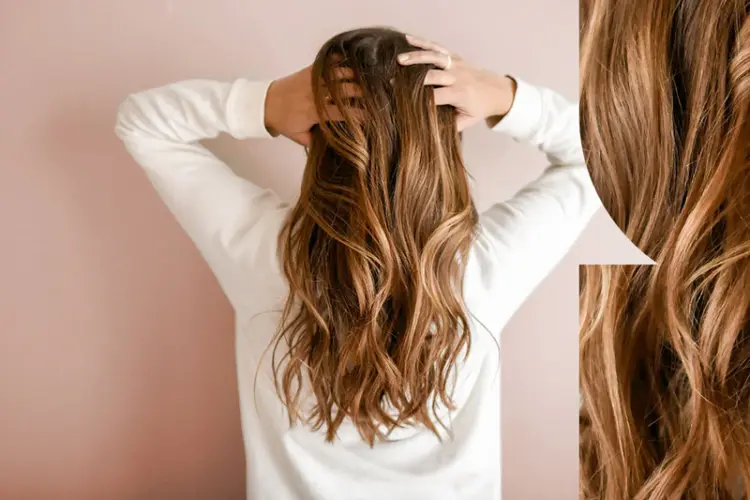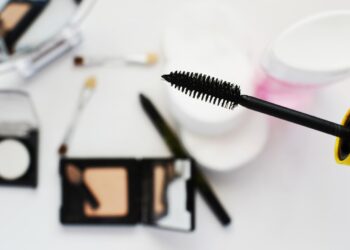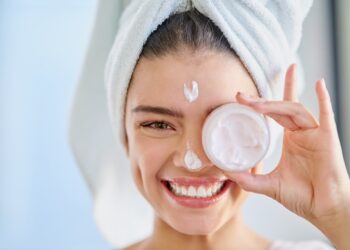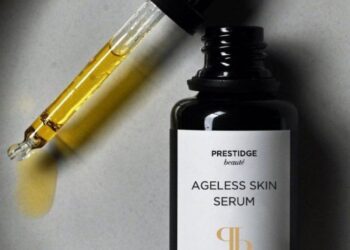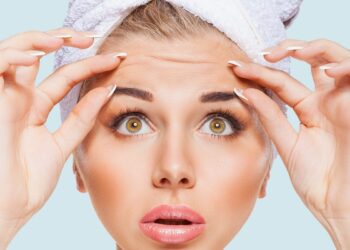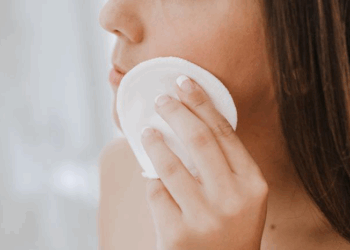Achieving healthy, beautiful hair doesn’t have to be complicated or expensive. With the right knowledge, techniques, and products, anyone can transform their hair from dull and damaged to vibrant and strong. This comprehensive guide will walk you through everything you need to know about proper haircare, from understanding your hair type to creating the perfect routine that works for your lifestyle.
Understanding Your Hair Type and Structure

Before diving into specific haircare routines, it’s crucial to understand what makes your hair unique. Hair structure consists of three main layers: the cuticle (outer protective layer), cortex (middle layer containing proteins), and medulla (innermost core). Each person’s hair has distinct characteristics that determine how it should be cared for.
Hair types generally fall into several categories based on texture, thickness, and curl pattern. Straight hair tends to be shinier because natural oils can easily travel down the hair shaft, but it may appear greasy more quickly. Wavy hair offers versatility but can be prone to frizz in humid conditions. Curly and coily hair types are naturally drier because oils have difficulty traveling along the curved hair shaft, making moisture retention a primary concern.
Understanding porosity is equally important. Low porosity hair has tightly closed cuticles that resist moisture penetration but retain it well once absorbed. High porosity hair has raised cuticles that absorb moisture quickly but lose it just as fast. Medium porosity hair strikes a balance, accepting and retaining moisture at moderate levels.
Essential Daily Haircare Routines
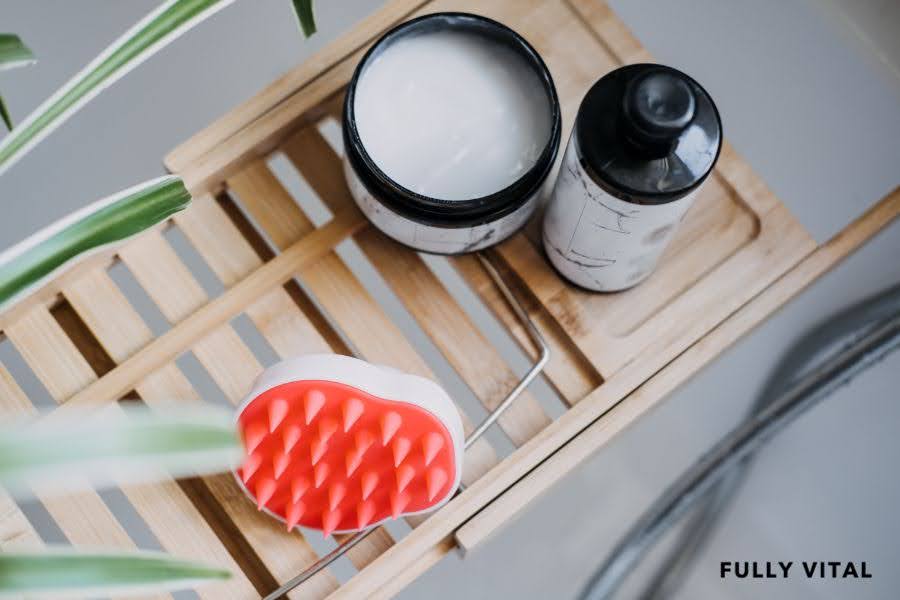
Creating an effective daily routine forms the foundation of healthy hair. The frequency of washing depends on your hair type, lifestyle, and personal preferences. People with oily hair may need daily cleansing, while those with dry or textured hair might wash only twice weekly to preserve natural oils.
When washing, focus shampoo on the scalp rather than the lengths of your hair. The scalp produces oils and collects dirt, sweat, and product buildup that need thorough cleansing. Gently massage the scalp with fingertips, not nails, to stimulate circulation without causing irritation. Allow the shampoo to cleanse the hair lengths as you rinse.
Conditioning should focus on mid-lengths to ends, avoiding the scalp area unless you have very dry hair. Leave conditioner on for the recommended time to allow proper penetration. For extra dry or damaged hair, consider leaving conditioner on longer or using a wide-tooth comb to distribute it evenly.
Temperature control during washing makes a significant difference. Hot water strips natural oils and can cause color fading, while lukewarm water cleanses effectively without excessive drying. Finish with a cool water rinse to seal the cuticles and enhance shine.
Weekly Deep Treatment Strategies
Weekly treatments address specific hair concerns and maintain overall health. Deep conditioning masks should be applied to clean, damp hair and left on for 15-30 minutes depending on the product instructions. Look for ingredients like keratin, argan oil, coconut oil, or shea butter for intensive moisture.
Protein treatments benefit damaged, over-processed, or weak hair by temporarily filling gaps in the hair shaft. However, too much protein can make hair brittle, so alternate protein treatments with moisturizing treatments based on your hair’s needs.
Scalp treatments deserve equal attention since healthy hair grows from a healthy scalp. Weekly scalp massages with oils like jojoba, coconut, or specialized scalp serums can improve circulation, reduce buildup, and address issues like dryness or excess oil production.
Clarifying treatments should be done monthly or bi-weekly to remove product buildup, hard water minerals, and environmental pollutants that regular shampoo might miss. Use clarifying shampoos sparingly as they can be drying, and always follow with a deep conditioning treatment.
Product Selection and Ingredient Knowledge
Choosing the right products requires understanding both your hair’s needs and ingredient functions. Sulfates create rich lather but can be harsh for dry or color-treated hair. Sulfate-free alternatives cleanse gently but may require adjustment periods as they don’t foam as much.
Silicones provide immediate smoothness and shine but can build up over time, requiring occasional clarifying. Water-soluble silicones offer benefits without heavy buildup, making them suitable for regular use.
Natural oils serve different purposes: coconut oil penetrates the hair shaft for deep conditioning, argan oil provides lightweight moisture and shine, jojoba oil closely mimics natural sebum, and olive oil offers intense conditioning for very dry hair.
Alcohols in haircare products aren’t universally bad. Fatty alcohols like cetyl and stearyl alcohol are moisturizing, while short-chain alcohols like ethyl alcohol can be drying. Reading ingredient lists helps make informed choices.
Professional Treatments and When to Seek Help
Sometimes professional intervention provides results that at-home care cannot achieve. Regular trims every 6-8 weeks prevent split ends from traveling up the hair shaft, maintaining overall hair health and appearance.
Chemical treatments like coloring, perming, or relaxing require professional expertise to minimize damage. If you choose to perform these at home, thorough research and strand testing are essential.
Professional deep conditioning treatments, keratin treatments, and scalp therapies offer intensive repair and maintenance that supplement home routines. These treatments often use higher-concentration ingredients and professional techniques for enhanced results.
Consulting a trichologist or dermatologist becomes necessary when experiencing unusual hair loss, persistent scalp conditions, or sudden changes in hair texture or growth patterns. These professionals can identify underlying issues and recommend appropriate treatments.
Common Haircare Mistakes to Avoid
Many people unknowingly damage their hair through well-intentioned but misguided practices. Here are critical mistakes to avoid:
A. Over-washing strips natural oils and can lead to increased oil production as the scalp tries to compensate
B. Using too much heat without protection causes protein damage and moisture loss
C. Brushing wet hair aggressively can cause breakage since wet hair is more fragile
D. Neglecting heat protection before using styling tools leads to cumulative damage
E. Using products with incompatible pH levels can disrupt the hair’s natural acid mantle
F. Ignoring scalp health while focusing only on hair lengths
G. Changing products too frequently doesn’t allow time to see results
H. Using dirty styling tools can reintroduce bacteria and product buildup
I. Sleeping on cotton pillowcases creates friction that can cause breakage and frizz
J. Skipping regular trims allows split ends to worsen and travel upward
Lifestyle Factors Affecting Hair Health
Diet plays a crucial role in hair health since hair follicles are among the most active cells in the body. Adequate protein intake provides building blocks for hair structure, while iron deficiency can cause hair loss. Vitamins A, C, D, and E, along with B-complex vitamins, support healthy hair growth and scalp condition.
Hydration affects hair health from the inside out. Drinking adequate water helps maintain scalp circulation and supports the delivery of nutrients to hair follicles.
Stress management is vital since chronic stress can disrupt the hair growth cycle, leading to increased shedding or slower growth. Regular exercise, adequate sleep, and stress-reduction techniques benefit overall health and hair condition.
Environmental factors require consideration and protection. UV rays can fade color and weaken hair proteins, making sun protection important. Chlorine from swimming pools and hard water minerals can cause dryness and color changes, requiring preventive measures or post-exposure treatments.
Seasonal Haircare Adjustments
Hair needs change with seasons, requiring routine adjustments for optimal health. Winter’s dry air and indoor heating can increase static and dryness, calling for more intensive moisturizing treatments and protective styling.
Spring brings humidity changes that may require anti-frizz products and lighter formulations as hair adjusts to increased moisture in the air.
Summer heat, sun exposure, and swimming demand stronger UV protection, clarifying treatments to remove chlorine or salt buildup, and lightweight products that won’t weigh hair down in humid conditions.
Fall preparation involves deeper conditioning to repair summer damage and gradually transitioning to richer formulations as humidity levels drop.
Budget-Friendly Haircare Solutions
Effective haircare doesn’t require expensive products. Many affordable ingredients provide excellent results when used correctly. Kitchen staples like honey, eggs, avocado, and various oils can create effective DIY treatments.
Investing in fewer, high-quality products often proves more economical than purchasing many mediocre items. A good shampoo, conditioner, and weekly treatment can form the core of an effective routine.
Generic or store-brand products often contain similar active ingredients to expensive counterparts at fraction of the cost. Comparing ingredient lists helps identify effective alternatives.
Professional treatments can be spaced further apart when home maintenance is consistent and appropriate, reducing overall costs while maintaining results.
Building Your Personal Haircare Routine
Creating an effective routine requires patience, observation, and willingness to adjust based on your hair’s response. Start with basic cleansing and conditioning, then gradually introduce treatments based on specific needs.
Keep a hair journal noting product use, weather conditions, and hair condition to identify patterns and effective combinations. This information helps refine your routine over time.
Remember that hair changes due to age, hormones, health conditions, and seasonal factors. Successful haircare involves adapting your routine as these factors change.
Consistency matters more than perfection. A simple routine followed regularly produces better results than an elaborate routine used sporadically.

